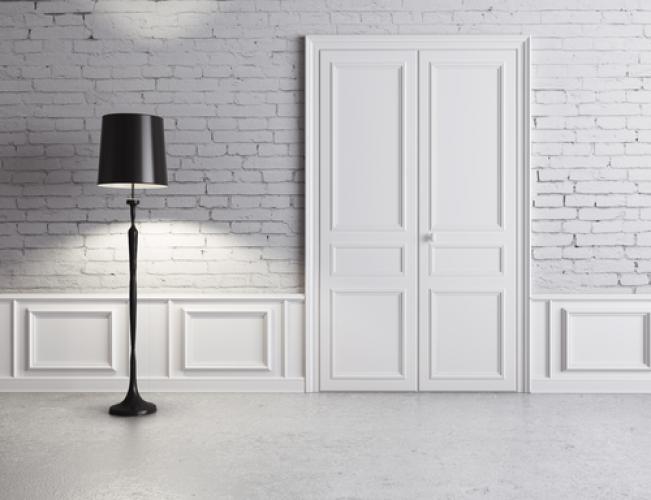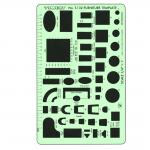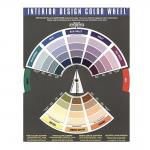
Submitted by furniche
Lighting can make or break the finished look of a room.
And lighting is a big job; you must consider task lighting, accent lighting, and ambient lighting.
The Whole Truth & Nothing but the Truth! There are links and ads on this site that pay us a commisson if you "click" and purchase something. This helps us to keep the lights on and continue to provide free content. Thanks! Now you may continue reading!
Ambient lighting is your room’s general light source. The source shouldn’t be a point of focus; rather the main purpose of it is to illuminate the entire room. Ambient light includes natural light, so your artificial ambient sources should be in warm, relaxing tones.
Task lighting is meant to be functional, for example, to illuminate a reading or desk area. Simple task lighting sources would include a floor lamp behind a corner chair or lamps on end tables or nightstands. Task lighting should be bright and clear, but not so much so that it is harsh on the eyes.
Finally, accent lighting is for design purposes, meant to illuminate decorative features in your room. You may turn spots to show off art above your mantelpiece or use rope lighting to create a soft glow along a shelf or cabinet. Accent lighting shouldn’t overwhelm the ambient light rather showcase only a specific feature in your room. A well lit room will perfectly finish your furniture design and color palette while showcasing all of the special elements that make your room unique.
Insider Tip- Evaluate the current lighting in your room while space planning to anticipate natural elements or future needs.
Insider Tip- Always use warm light color spectrum bulbs with home furnishings. Find a furniture store in your area that sells lighting.
Failure to plan is the most common furniture mistake. Be sure to check out the wide selection of furniture space planners, color wheels and furniture templates available from Furniche.com






